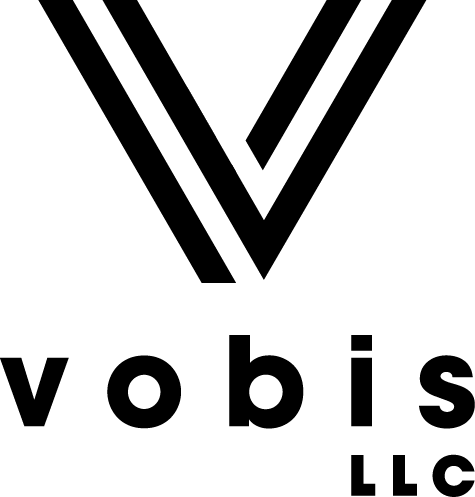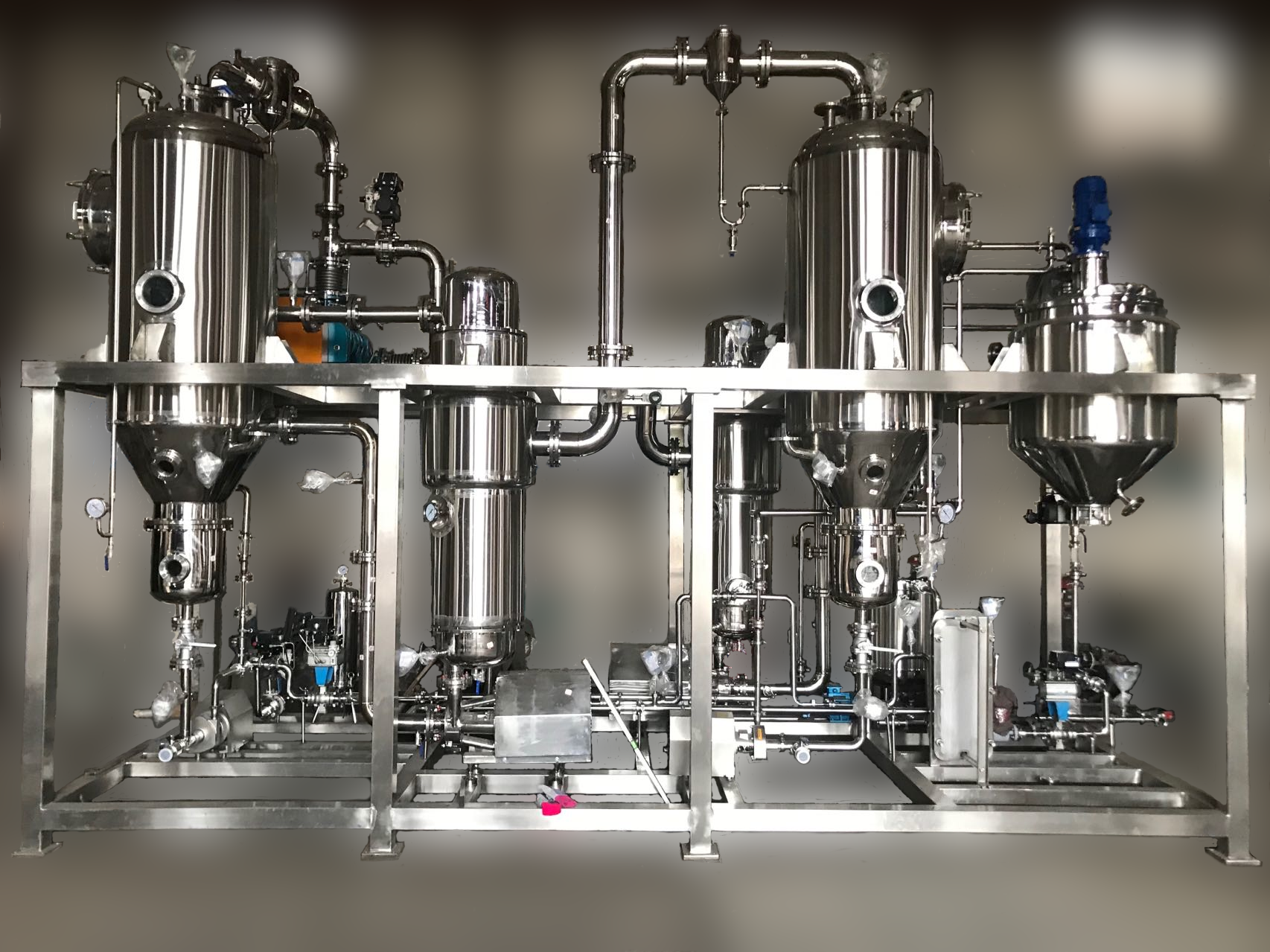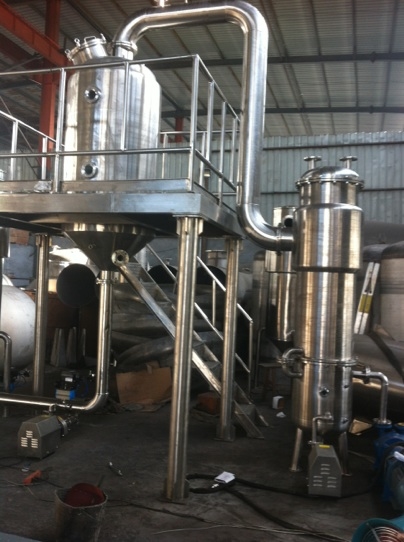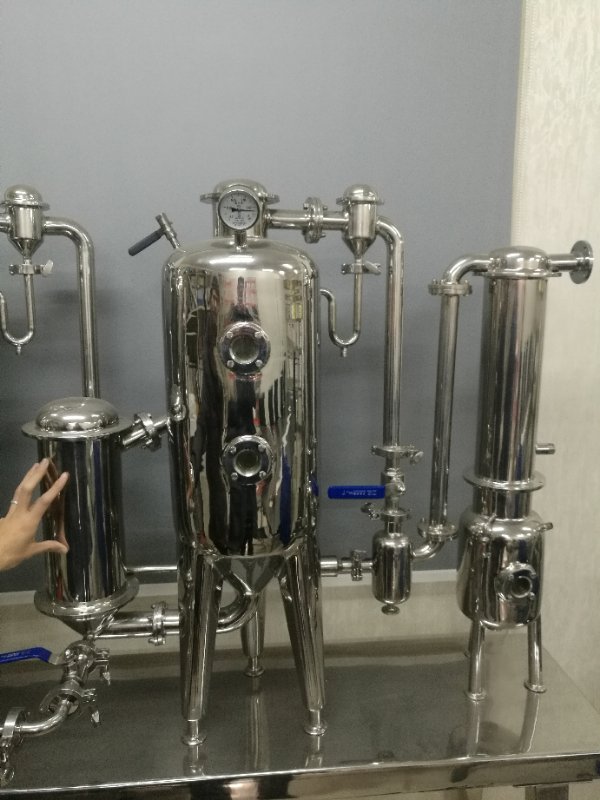Vobis specializes in designing and manufacturing a broad range of different pilot and production crystallizer systems designs to fulfill diverse clients’ and industries’ requirements including multiple systems for lithium salts for the battery industry. We provide the design, engineering, manufacturing, and implementation of complete small and pilot crystallizer systems with several decades of successful experience necessary to meet our clients’ specific needs throughout their process development through production scale up. As our clients require, we often help them implement pilot evaporators and crystallizers and pilot cooling crystallizers to generate crucial scale-up data, and then utilize this data in our production-scale crystallizers designs. This introduction is to provide information about how these crystallizers work, and how they accomplish our clients’ processing goals. Our crystallizers are capable of yielding solids from a vast spectrum of waste and product feed streams; our process solutions enable our clients to cost-effectively reduce waste stream volumes, and create landfill-ready solid crystals or produce product crystals We achieve these goals through a variety of processing means.
To achieve the client's requested goal, to cost-effectively evaporate and crystallize client products or waste, we manufacture custom single-stage brine pilot crystallizer systems. One of our single-stage pilot crystallizers in some cases constitutes the final step of the client required solution, and in other cases is implemented to produce data which facilitates scale-up design. In the latter case, the data from the single-stage pilot crystallizer is used to design a production-scale single-stage crystallizer, or to design a multiple effect crystallizer (using mechanical or thermal vapor compression, for example) with the goal of improving energy efficiency.
Second, creating product or landfill-ready crystals involves additional specific crystallization system processing steps. For many of our crystallizers, feed is concentrated by evaporation, until the saturation point is passed and crystal nucleation begins, during the process of crystallization, the precipitating solids remain suspended in liquid through high pumping velocities. This heavy slurry of crystals and saturated solution is circulated at a high rate within the system also to minimize fouling in the heat exchanger. Crystal growth is promoted to grow the existing crystals, while salt deposition is retarded on the interior of the system chambers. At this stage, a continuous stream of heavy slurry is drawn from the pilot evaporator crystallizer; through continuous or batch centrifugation or a filter press, it is further concentrated into its final, landfill-ready dry crystal form at over 95% solids.
Third, if the client goal is dry crystals, this can be achieved by crystallizing and then drying the crystals for a product which is dry crystals, and returning distilled water for reuse. First, falling film or forced circulation evaporation processing concentrates the feed solution to the saturation point. Then, crystallization processing is implemented to yield crystals (which can be dried for use or pelletized for other uses) and distilled water is produced for reuse, thus eliminating the wastes to realize the goal of zero liquid discharge.
These are three significant goals, and the general processes by which we accomplish them; however, while the concepts involved in crystallization (heat and mass transfer) are reasonably universal, each feed material’s specific characteristics does significantly influence the end system’s design. The appropriate design is determined according to Vobis' established principles and experience, which Vobis applies in providing the following range of crystallizer designs:
Pilot Crystallizers which Vobis designs and builds
Cooling Crystallizers
DTB Crystallizers (Draft Tube Baffle Crystallizers) combining evaporative and cooling crystallization
Evaporative Crystallizers
Forced Circulation Crystallizers
Oslo Type Crystallizers (classified suspension crystallizers)
Vacuum Crystallizers
MVR Crystallizers
Also considered during the design phase of a system, is the range of applications which the client requires the system to be capable to accommodate as well as the extent the client wants the system’s users to be easily able to customize the process. The crystallizer design implemented effects the nucleation, crystal size, and crystal yield; considerations and specific concerns such as “what will aid in keeping the heat transfer surfaces clean and efficient,” also fall into the realm of considerations addressed by the crystallizer design appropriate for the application.
This brief informational page is only an introduction to Vobis pilot crystallization systems and we invite your questions.
Vobis pilot crystallizers accomplish diverse client requirements:
These systems accomplish quite diverse client goals; following is a list of primary examples:
Heat transfer data determination for scale-up
Generation of sufficient product for sampling to prospective clients, or for determining landfill compatibility
Characterizing fouling rates and cleaning methods that will be required in production systems
Confirming viscosity versus temperature, sheer and concentration
Determining the best operating conditions to prevent boiling within the heat exchanger
While each Vobis pilot crystallizer involves a client application specific process, the purpose of our pilot crystallizers overall is to generate scaleable data, samples, and operational answers which enable us to design and manufacture full scale production crystallizers, such as a specific capacity multiple effect forced circulation crystallizer. With our crystallizers as with all of our systems, Vobis innovates purpose-driven systems that will enable you to accomplish your process and economic goals.
For information regarding our production scale crystallizers, please follow this link.





